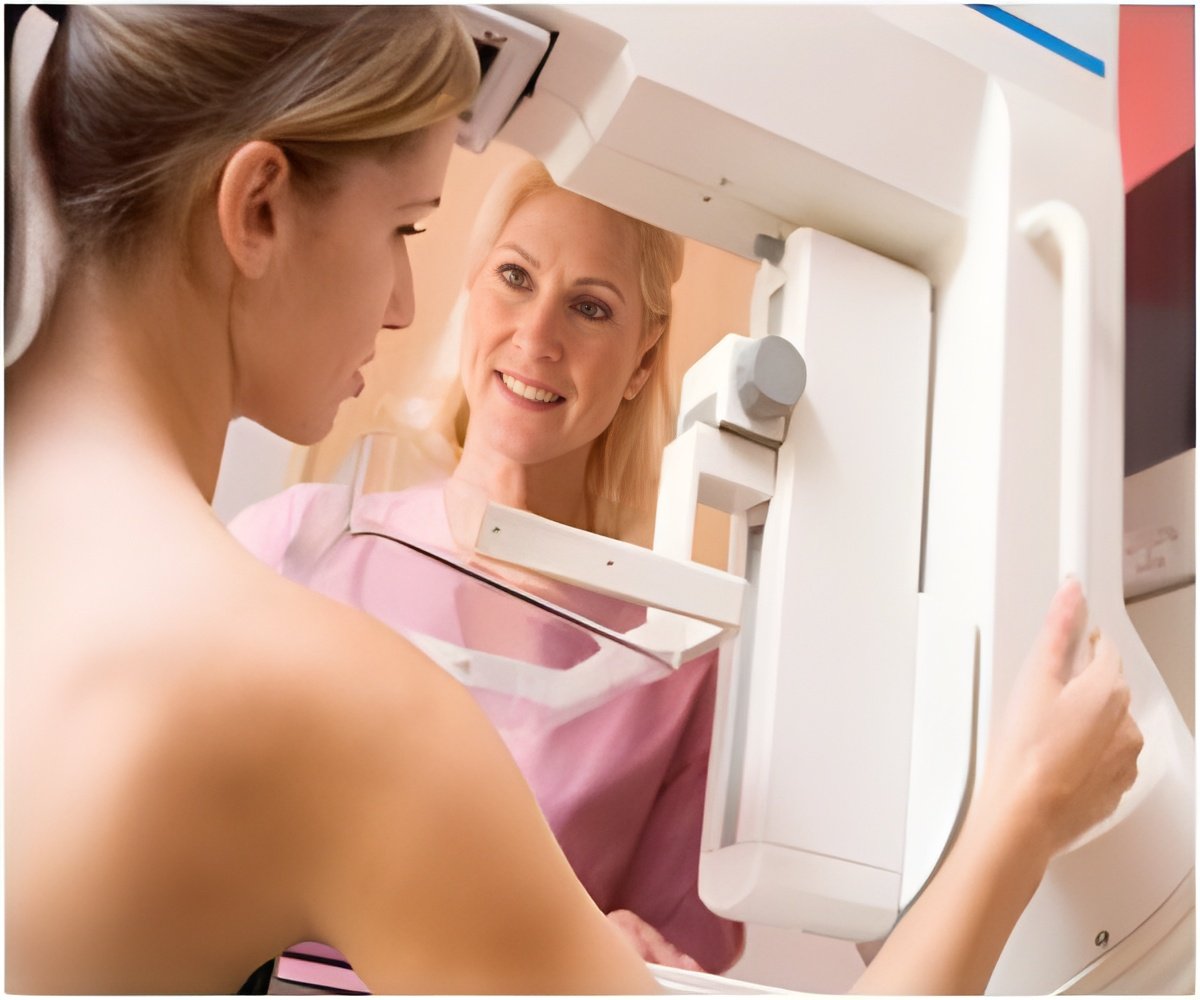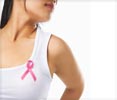
The company aims to commercialize the test and says it could be made available to women of all ages as an initial screening, unlike mammography, which is largely restricted to women over 50.
Those involved in the consortium began developing a test based on their discovery that hair from women with breast cancer had a different cell structure to hair from other women.
They used synchrotron X-ray technology to detect 70 per cent of women who had breast cancer in a series of trials, by observing a ring in their hair not present in disease-free hair.
But researchers are now taking a different approach that they believe will deliver a more accurate test.
They made the lipid discovery when researcher Dharmica Mistry noticed her hair developed a ring, despite being a clear negative for breast cancer.
Advertisement
"The only thing I did differently was using olive oil in my hair every now and then. I stopped using it and the feature disappeared.
Advertisement
Chief scientist Peter French said there was evidence to show increased lipid content in the membranes for cancer cells compared with normal tissue.
"Cell membranes are comprised of lipids, and what appears to happen in breast cancer is that there is increased fluidity of those lipids. We think that's why cancer is able to invade," he said.
Mistry said the test required her to extract internal lipids from hair, rather than any secretions or products on its surface.
"I grind the hair, put it in a vial with an extraction solvent and shake it around to extract the lipids from the fiber," she said.
The resulting liquid was then analyzed to determine its lipid content.
The hair test is among 49 Australian entries for funding from a 100-million-dollar global research and development challenge by the company GE, which aims to accelerate innovations in breast cancer.
French said a larger second study was needed to confirm the accuracy of the hair test, but results were encouraging. The test was "probably a year or two away" from being commercially available.
Source-ANI















